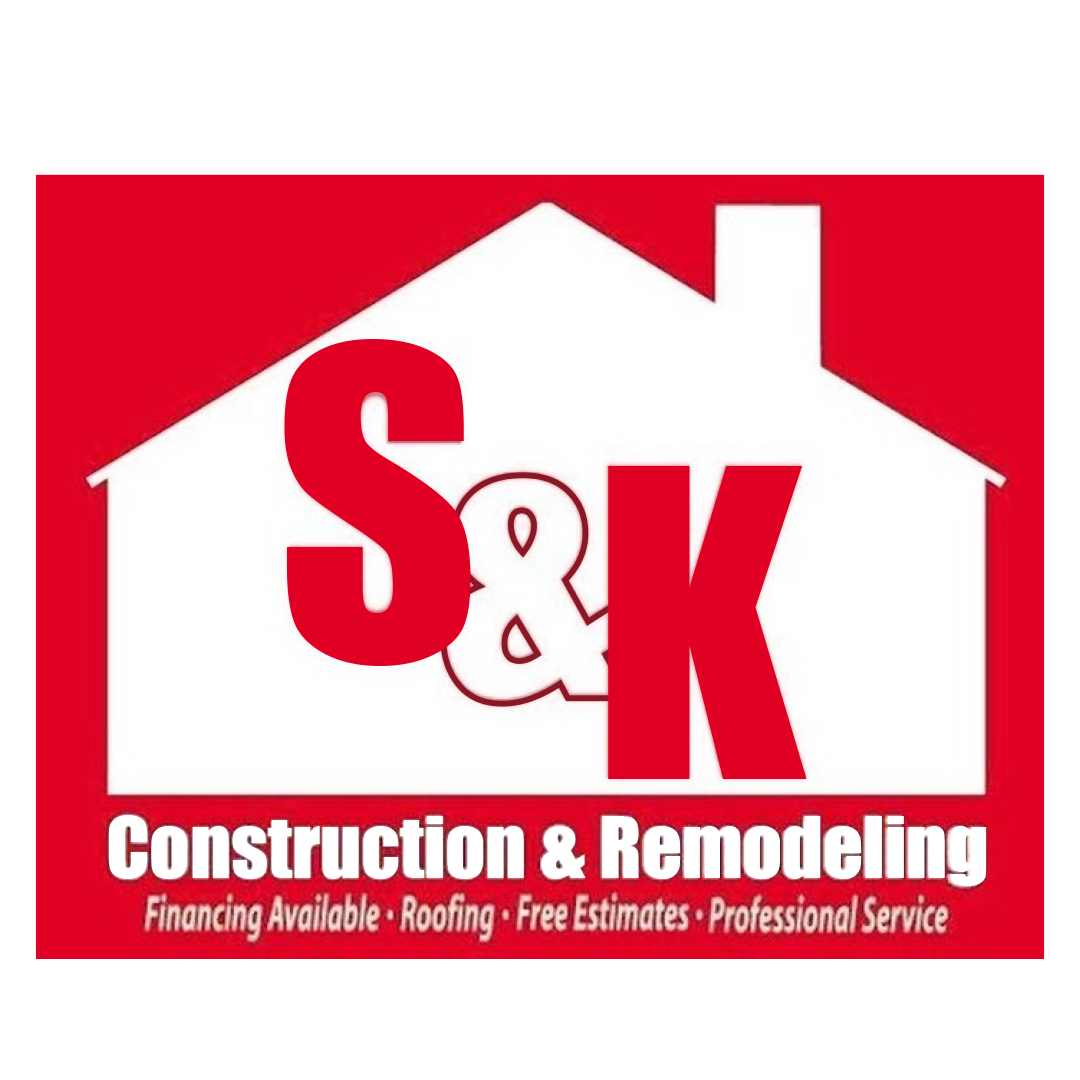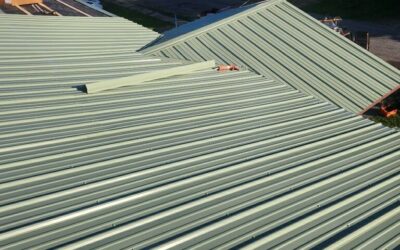The Dangers of Roof Mold: A Comprehensive Removal Guide
Mold is a sneaky and hazardous problem that can appear anywhere in your home, but one of the most alarming places is on your roof. Roof mold can cause significant damage to your home’s structure and pose health risks to your family, making its removal and prevention a priority for homeowners. Whether you live in a humid region or simply have poor ventilation in your attic, roof mold is something that should never be taken lightly. In this comprehensive guide, we will explore the dangers of roof mold, the steps to take for effective mold removal, when to call in the professionals, and the best practices to maintain a mold-free roof for years to come.
What Is Roof Mold?
Roof mold is a type of fungus that grows on the surface of your roof, typically in dark, moist areas. Mold thrives in environments that are damp, warm, and poorly ventilated, which is why roofs, especially those with insufficient ventilation or those prone to leaks, are ideal breeding grounds for mold.
Roof mold can appear in different colors, including black, green, or gray. While some homeowners may mistake it for algae or moss, mold is a living organism that can grow quickly and spread if left unchecked. It grows on the roof’s materials, including shingles, underlayment, and even wooden beams or trusses. Mold can spread to your attic, affecting insulation and other parts of your home.
The Dangers of Roof Mold
Roof mold is more than just an eyesore. It can cause a range of serious problems that can affect your home’s structural integrity, your family’s health, and your wallet. Here are the key dangers of roof mold:
1. Damage to Roofing Materials
Mold can weaken and deteriorate the materials on your roof, including shingles, tiles, and wood. As the mold grows, it feeds on organic materials, breaking down the integrity of these materials and leading to faster wear and tear. This can result in costly repairs or the need for an entire roof replacement if not addressed promptly.
Wooden beams, trusses, and rafters in your attic are also at risk. Mold can weaken the wood and cause it to rot, leading to structural issues that could compromise the stability of your home.
2. Health Hazards
One of the most serious dangers of roof mold is the impact it can have on your health. Mold releases spores into the air, which can trigger a range of respiratory problems, especially for people with allergies, asthma, or weakened immune systems. Mold exposure is linked to various health issues, including:
- Respiratory problems: Mold spores can cause coughing, wheezing, and shortness of breath. It can exacerbate asthma and lead to chronic lung conditions.
- Allergic reactions: Common symptoms of mold allergies include sneezing, a runny nose, itchy eyes, and skin rashes.
- Headaches and fatigue: Exposure to mold can lead to chronic headaches, dizziness, and fatigue.
- Infections: In rare cases, mold exposure can cause infections, especially in people with compromised immune systems.
For individuals with mold sensitivities or pre-existing respiratory conditions, exposure can have serious consequences. Mold can also affect pets, especially in cases where animals are exposed to the spores for extended periods.
3. Decreased Property Value
Mold problems are a red flag for potential home buyers. If mold is visible on your roof or in the attic, it may decrease the value of your property or make it difficult to sell. Buyers will likely be deterred by the prospect of dealing with mold removal and any hidden damage it may have caused.
4. Increased Energy Costs
Mold can also affect the insulation in your attic. As mold grows, it can deteriorate the insulation’s ability to maintain a stable indoor temperature, leading to increased energy consumption. Your HVAC system will need to work harder to maintain comfort levels, causing your energy bills to rise.
5. Water Damage and Leaks
Mold often thrives in areas with excess moisture, which is frequently a sign of water damage or leaks. If mold has found a home on your roof, it may indicate that there’s a problem with your roof’s waterproofing. Leaks can allow water to infiltrate the attic, leading to mold growth and potentially more serious water damage to your home.
Useful Cleaning Solutions for Roof Mold Removal
If you spot mold on your roof, acting quickly is key. The longer the mold sits, the more damage it can cause. Fortunately, there are several cleaning solutions you can use to remove mold effectively. Before you start the cleaning process, ensure you take the necessary precautions to protect yourself and your home.
1. Safety First
Before attempting to remove mold from your roof, take safety precautions to protect yourself and your property:
- Wear protective gear: Mold spores can be harmful when inhaled, so wear a mask (N95 or better), gloves, and safety goggles to protect your eyes and skin.
- Use a ladder carefully: If you plan to clean your roof yourself, ensure your ladder is stable, and avoid cleaning on windy days or when it’s raining.
- Consider hiring a professional: If you’re unsure about the risks of mold removal or working at heights, consider calling a professional mold removal service.
2. Homemade Cleaning Solutions
Several DIY cleaning solutions can help remove mold from your roof. These are safe, effective, and typically use ingredients that are easy to find. Here are some popular options:
A. Vinegar and Water Solution
Vinegar is a natural mold killer that’s both non-toxic and effective. Mix white vinegar and water in a 1:1 ratio and apply it to the moldy areas of your roof using a spray bottle. Allow the solution to sit for at least 30 minutes before scrubbing the surface with a soft brush. This can help lift the mold without causing damage to your roof’s materials.
B. Hydrogen Peroxide Solution
Hydrogen peroxide is another powerful mold killer that can be used on your roof. Mix a 3% concentration of hydrogen peroxide with water in a spray bottle and apply it directly to the mold. Let it sit for 15-20 minutes, then scrub the affected area. Hydrogen peroxide can also penetrate the mold, killing it deeper within the material.
C. Baking Soda and Water Paste
Baking soda is a mild abrasive that can scrub mold without causing damage to your roof. Mix baking soda with water to form a thick paste, then apply it to the mold. Let it sit for about 15 minutes before scrubbing the area with a soft brush. Baking soda also helps to deodorize the area.
D. Commercial Mold Removers
If you prefer a ready-made solution, several commercial mold removers are designed specifically for roofing materials. These products contain mold-killing chemicals that can quickly remove mold from your roof. Follow the manufacturer’s instructions and take proper precautions when using these products.
3. Power Washing
Power washing can be an effective method for removing mold from some types of roofs, especially those made of asphalt shingles. A power washer can blast away mold and dirt from the surface of the roof, restoring its appearance. However, power washing can damage delicate roof materials if not done correctly, so it’s important to use the correct pressure settings and nozzle. It’s best to hire a professional if you are not experienced with power washing.
When Should Professional Help Be Considered?
While DIY cleaning solutions can help address small mold issues, some situations call for professional assistance. Here are a few scenarios where you should consider hiring a roofing professional or mold remediation service:
1. Extensive Mold Growth
If the mold problem is widespread or covering a large portion of your roof, professional help may be necessary. Large mold infestations can indicate a deeper issue with moisture, which may require specialized equipment and expertise to resolve.
2. Structural Damage
Mold can cause serious damage to the structure of your roof, especially if it’s been allowed to grow unchecked for a long period. If you notice signs of rot, weakening beams, or sagging roof materials, it’s time to call in a professional. Mold remediation services can assess the damage and recommend repairs to prevent further deterioration.
3. Health Concerns
If mold is affecting the air quality in your home or causing health problems for you or your family, it’s important to bring in experts. Mold remediation specialists have the tools and knowledge to properly remove the mold and ensure that it doesn’t return.
4. Difficulty Accessing the Roof
If your roof is high, steep, or difficult to access safely, it’s best to hire a professional. Climbing on your roof to remove mold can be risky, and professionals have the proper equipment to handle these tasks safely.
Maintenance Practices to Prevent Roof Mold
Preventing roof mold is always better than dealing with its consequences. Here are some essential maintenance practices to help prevent mold growth on your roof:
1. Improve Roof Ventilation
Proper ventilation is key to preventing mold growth. Poor ventilation traps moisture in the attic, creating the perfect environment for mold to thrive. Install roof vents, ridge vents, or soffit vents to improve air circulation and keep your attic dry.
2. Clean Gutters Regularly
Clogged gutters can cause water to pool on your roof, increasing the risk of mold growth. Regularly clean your gutters to ensure that water flows freely away from your roof.
3. Fix Leaks Promptly
Leaks are a primary cause of roof mold. If you notice any signs of water leakage, such as water stains on your ceiling or in the attic, get them fixed as soon as possible. Even small leaks can lead to mold growth if left untreated.
4. Trim Overhanging Trees
Trees that overhang your roof can trap moisture and create a shaded, damp environment. Trim back branches to ensure that your roof gets plenty of sunlight and air circulation.
5. Apply Mold-Resistant Roofing Materials
If you’re installing a new roof or replacing an existing one, consider using mold-resistant materials, such as shingles with a special coating that helps prevent mold growth.
Conclusion
Roof mold is a dangerous and persistent problem that can lead to significant damage, health issues, and costly repairs. Fortunately, it’s possible to address roof mold through effective cleaning methods, professional help, and preventive maintenance practices. By staying vigilant and taking the necessary steps to remove and prevent mold growth, you can protect your roof, your home, and your family from the dangers of roof mold.
If you’re dealing with roof mold or need expert help with removal, don’t hesitate to contact S&K Construction and Remodeling LLC. Our team of experienced professionals can safely and effectively remove mold from your roof and offer solutions to keep your home mold-free for years to come. Contact us today for a consultation!
 (440) 307-2060
(440) 307-2060




